Table of Contents
In India, if you’re dealing with steel—buying it, using it, or specifying it—there’s no escaping IS codes. These are not just guidelines. They’re rules. And they’re used every day on construction sites, in fabrication shops, and during government inspections.
Most people outside the industry don’t think about standards. But ask any builder who’s had to redo a foundation pour because the steel grade was off, and they’ll tell you: knowing the right IS code matters. It affects cost, safety and it can decide whether your consignment gets cleared or stuck in limbo.
IS codes are set by the Bureau of Indian Standards. Each one covers a different type or use—TMT bars, structural steel sections, welding practices, and more. In 2025, as compliance checks get stricter and tenders demand detailed documentation, you can’t afford to guess.
This article breaks it down. No jargon. Just the key IS codes you need to know if you work with steel in India—and how to use them right.
What Are IS Codes?
IS codes are official standards. They’re issued by BIS—Bureau of Indian Standards. Every material in construction has them. Steel included.
If you’re using steel in a building, a road bridge, or even a godown, there’s an IS code that tells you how that steel should behave. What grade, strength and shape. How it should be tested. How it should be bent. It’s all in there.
They exist so that everyone—engineers, contractors, suppliers—are speaking the same language. If one person orders Fe500D and another supplies it, both know what to expect. No mix-ups. No shortcuts.
In real projects, especially government work, these codes are non-negotiable. You submit the steel test report. It refers to an IS code. If it doesn’t match the drawings or the specification, you’re back to square one.
Some people think IS codes are for architects. They’re not. They’re for anyone working with steel—buying, using, or even storing it. And if you ignore them, it usually costs you.
Key IS Codes for Steel in India
There’s no single IS code that covers everything in steel. Each one is written for a specific type of product or application. If you’re working in construction or supply, you’ll come across these often. Some are critical. Some are supporting. All are worth knowing.
IS 800: General Construction in Steel
This one’s for steel structures. Frames, trusses, beams, columns—anything load-bearing that’s made of structural steel. IS 800 lays down how to design these. It talks about load combinations, safety factors, weld joints, buckling. Engineers use this during design. Fabricators refer to it while detailing. If it’s a building frame made of steel, IS 800 is involved.
IS 2062: Hot Rolled Medium and High Tensile Structural Steel
This code is for the material itself. If you’re buying hot-rolled steel plates or sections, the grade will likely be IS 2062 E250 or E350. It defines the strength, chemical composition, and tests the steel must pass before being used. Think columns, angles, plates, wide flange beams—this is the steel most structural projects start with.
IS 1786: High Strength Deformed Steel Bars (TMT Bars)
TMT bars are used for reinforcement in concrete. IS 1786 specifies everything about them—yield strength, ductility, elongation, the difference between Fe 500 and Fe 500D. If you’re buying rebar, this is the code on the test certificate. It even governs how the bars can be bent on site.
IS 432: Mild Steel and Medium Tensile Steel Bars
This one’s older but still used. Plain round bars, wire rods, and some mesh-type reinforcements fall under IS 432. Not as common now, since TMT has mostly replaced it, but still used in boundary walls, foundation ties, and small structures.
IS 2502: Bending and Fixing of Bars for Concrete Reinforcement
This is not a material standard. It’s a detailing guide. It shows how bars should be bent—minimum radii, hooks, anchorage lengths. It also gives symbols used in bar bending schedules. If you’re cutting and bending rebar, this is the reference.
IS 2751: Welded Wire Fabric
Used in slabs and road works. Instead of loose bars, you have mesh sheets pre-welded to standard sizes. This code defines the size of wires, spacing, strength, and welding criteria. It saves time in mass concreting jobs.
In Practice
Most big projects refer to multiple IS codes at once. Structural drawings will mention IS 800, rebar drawings will list IS 1786, and the steel supplier will stamp IS 2062 on their material. They’re all connected.
Knowing which code applies is half the battle. Following it properly? That’s the rest.
Grades and Uses of TMT Bars (Fe415, Fe500, Fe550D)
TMT bars come in grades, and each grade means something specific. The number after “Fe” tells you how strong the bar is — how much stress it can take before it gives in. That’s called yield strength.
- Fe415 is the softest. Bends easily. Not used much in big buildings now. You’ll see it in smaller houses, compound walls, and sometimes in rural projects where the load isn’t too high.
- Fe500 is standard. Most builders use this. Good strength, fair flexibility. You’ll find it in city flats, office buildings, shops — pretty much everywhere.
- Fe500D is the same, but with more ductility. That means it bends more without snapping. Very useful in areas where earthquakes are a risk, or near the coast. Ductility matters more than people think.
- Fe550 and Fe550D are heavier-duty. Not easy to bend by hand. These are for industrial foundations, bridges, things that carry serious weight. Less steel needed, but harder to work with. Needs proper tools and trained hands.
There’s no one-size-fits-all grade. You pick based on design, budget, and location. Ask your structural engineer before you order.
Unit Weight & Price of Steel Bars
Steel bars aren’t sold by length. They’re sold by weight. You ask for 12 tonnes, not “500 rods.” So, you need to know how much one metre of a bar weighs. That’s what this table is for.
| Diameter | Weight per metre |
| 8 mm | 0.395 kg |
| 10 mm | 0.617 kg |
| 12 mm | 0.888 kg |
| 16 mm | 1.58 kg |
| 20 mm | 2.47 kg |
| 25 mm | 3.85 kg |
| 32 mm | 6.31 kg |
These are standard. Doesn’t matter which grade—Fe500, Fe550, anything. Size is size. Grade affects strength, not weight.
Prices Right Now
TMT bar prices as of July 2025 (for Fe500D):
- ₹47.5–₹50/kg in cities
- ₹51–₹52/kg in harder-to-reach areas
- Bulk buyers might get it a rupee or two cheaper
Rates shift every week. Fuel prices, freight, sponge iron cost—all of that changes things. Check locally before ordering.
Quick Weight Formula
You can calculate it too.
Here’s the rough formula people use:
Weight (kg per metre) = (Diameter × Diameter) ÷ 162
So if it’s a 12 mm bar:
12 × 12 = 144.
144 ÷ 162 = 0.888 kg per metre.
That’s how it’s done. No apps needed.
IS Code Compliance Tips for MSMEs and Contractors
A lot of small businesses lose tenders not because of price, but because their material doesn’t meet the spec. Happens more than you’d think. The drawing says Fe500D, and someone sends Fe500. Rejected. Project delayed. You eat the cost.
Always check the code before you quote.
Whether it’s TMT bars or structural plates, the tender document or BOQ will mention an IS code. IS 1786 for rebars. IS 2062 for structural steel. That’s not just a suggestion — it’s mandatory.
Ask for test certificates from your supplier.
Every batch of steel should come with a lab report. It should mention the IS code, grade, yield strength, and chemical composition. No certificate? Don’t take the material.
Never mix grades on site.
Fe500 and Fe500D look the same. But they don’t perform the same. If you mix them up, and something goes wrong, it’s on you. Always mark the bundles and store them separately.
Train your staff.
Bar benders, welders, even storekeepers — they all need to know what these codes mean. A small mistake in bending or welding because someone didn’t follow the right standard? That’s expensive.
Bottom line: if you’re in the steel business — buying, selling, or using — following the right IS code isn’t extra work. It’s how you stay in business.
Related Resources
If you’re working with steel regularly—managing tenders, sourcing materials, or training on-site staff—it helps to know a few solid Tata Nexarc articles. These aren’t polished brochures—they’re practical reference points that link back to IS codes, specs, and common field challenges.
- Steel Reinforcement: Details, Bars, Uses, Types, Grades, Specifications
Covers IS‑code mandates for deformed and plain steel bars—sizes, chemical specs, and how each grade is defined and tested. - Unit Weight of Steel Bars in Kg (with Price Estimates July 2025)
Includes standard weight charts for bar diameters and sample price calculations based on current rates—a useful baseline for quick estimates. - Types of TMT Steel Bars in India and Their Use
Breaks down Fe415–Fe600 grades, how they’re made, where they’re used, and why picking the right grade matters to project success. - Steel Plinth Beams: Cost‑Efficient Design & IS Code Compliance
When designing elements like plinth beams in seismic areas, this post explains how IS 13920 ties into ductility, hooks, spacing, and stirrups for real-world safety.
Each one connects directly to compliance and quality: from the right IS codes to weight calculations and grade selection. Share these with your team—keeps everyone speaking the same language and avoids last-minute site mix-ups.
Conclusion
You can have good steel, good labour, good designs. But if you’re not following the right IS codes, it can all go sideways. These aren’t optional anymore. Most tenders won’t move without them. Site inspections fail if specs don’t match. Even the supplier invoice might get rejected if the grade isn’t right.
This stuff costs time. It costs money. And honestly, it’s avoidable.
If you work with steel, take the time to understand which code applies. Whether it’s IS 800, 1786, or 2062—it’s your job to know. Not just the engineer’s. Yours too.
Keep test certificates ready. Double-check what you’re delivering. Don’t assume “Fe500” is enough—because sometimes, the job needs Fe500D. And if that’s wrong, the whole lot could be scrapped.
Bottom line: stick to the code. Not because someone told you to—but because it protects your work, your money, and your name.
Looking to procure steel?
Tata nexarc helps manufacturers, builders and MSMEs source certified steel products, compare prices, and choose the right grade as per IS codes—with complete traceability and procurement confidence.
FAQs
Which government body publishes IS codes for steel?
How often are IS codes for steel revised?
Can a project use outdated IS code versions?
Are IS codes mandatory for private construction?
Do IS codes cover imported steel products?
Where can I buy official IS code documents?
Is testing mandatory for each steel batch under IS codes?
What is the penalty for non-compliance with IS codes?
Are there IS codes for stainless steel?
Do IS codes specify storage guidelines for steel?
Sohini is a seasoned content writer with 12 years’ experience in developing marketing and business content across multiple formats. At Tata nexarc, she leverages her skills in crafting curated content on the Indian MSME sector, steel procurement, and logistics. In her personal time, she enjoys reading fiction and being up-to-date on trends in digital marketing and the Indian business ecosystem.
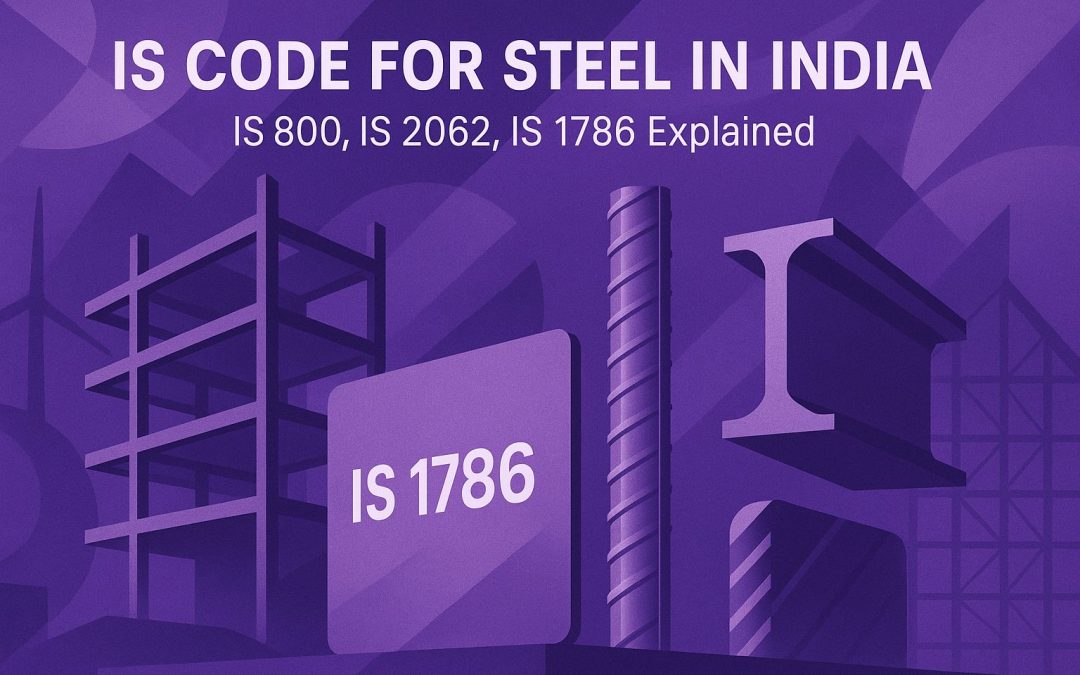
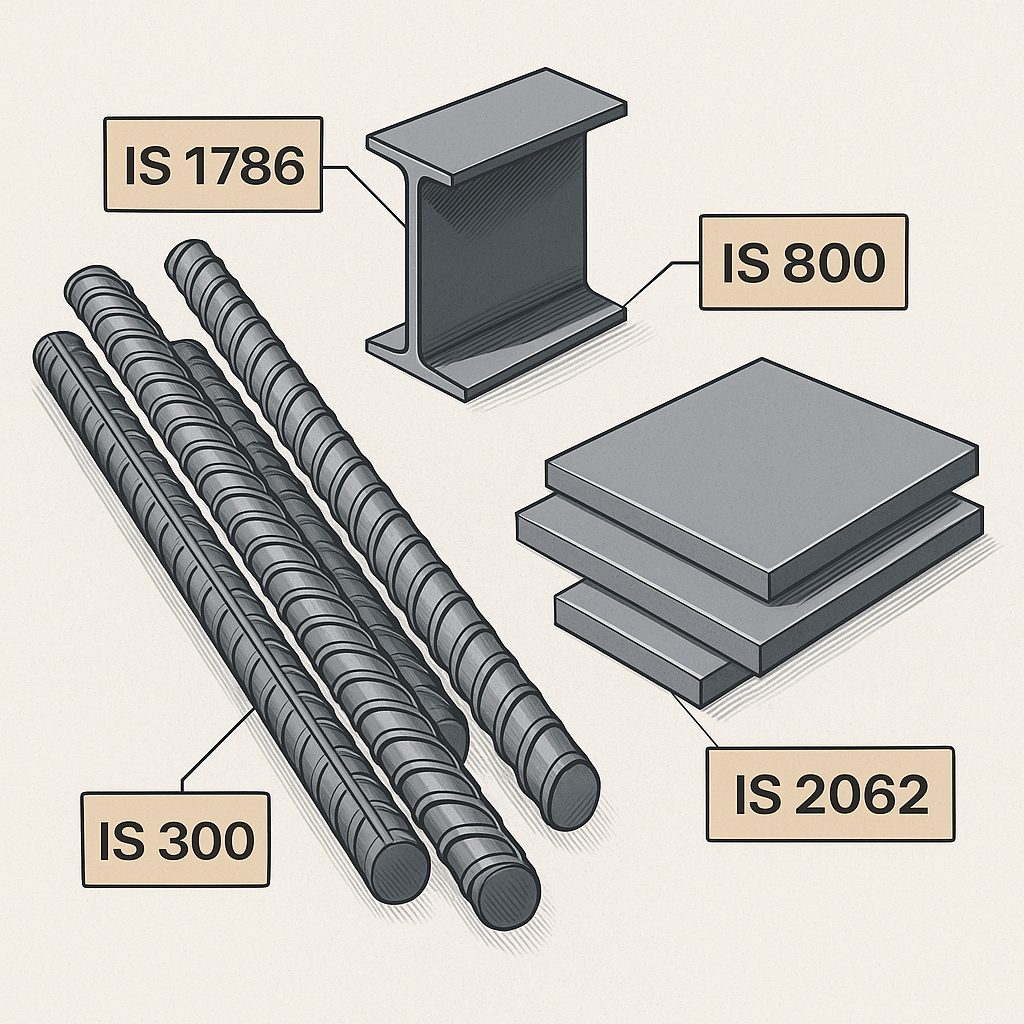
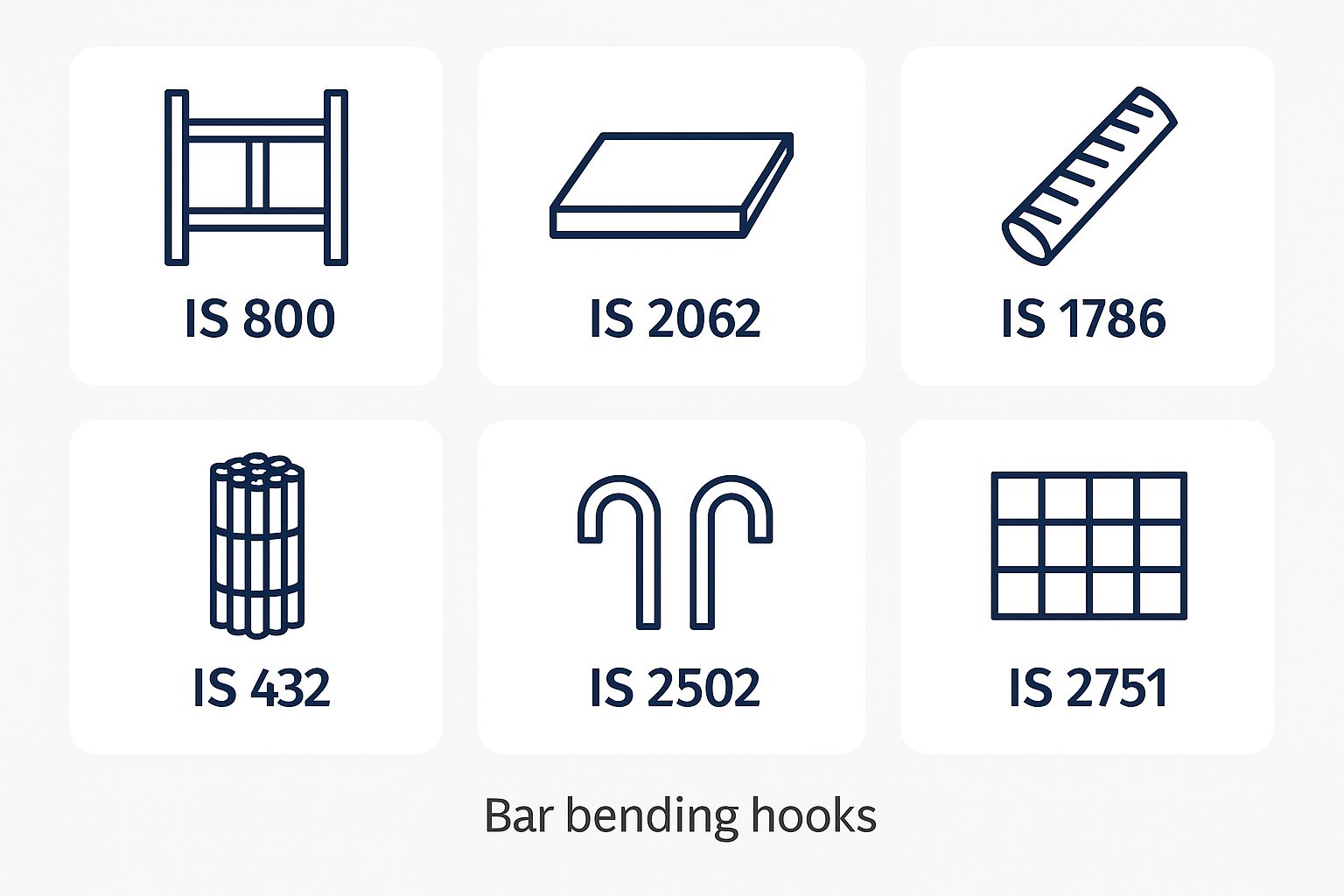
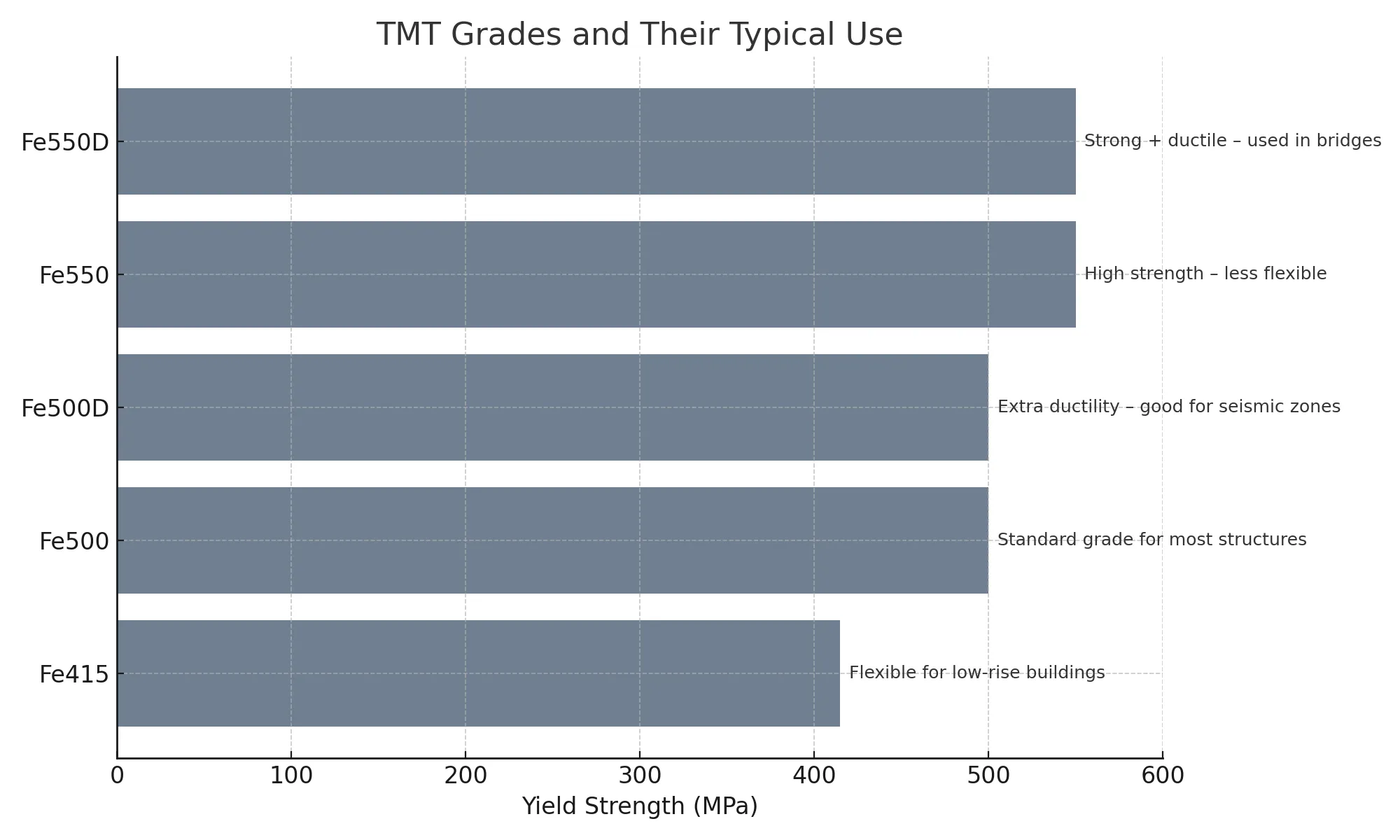
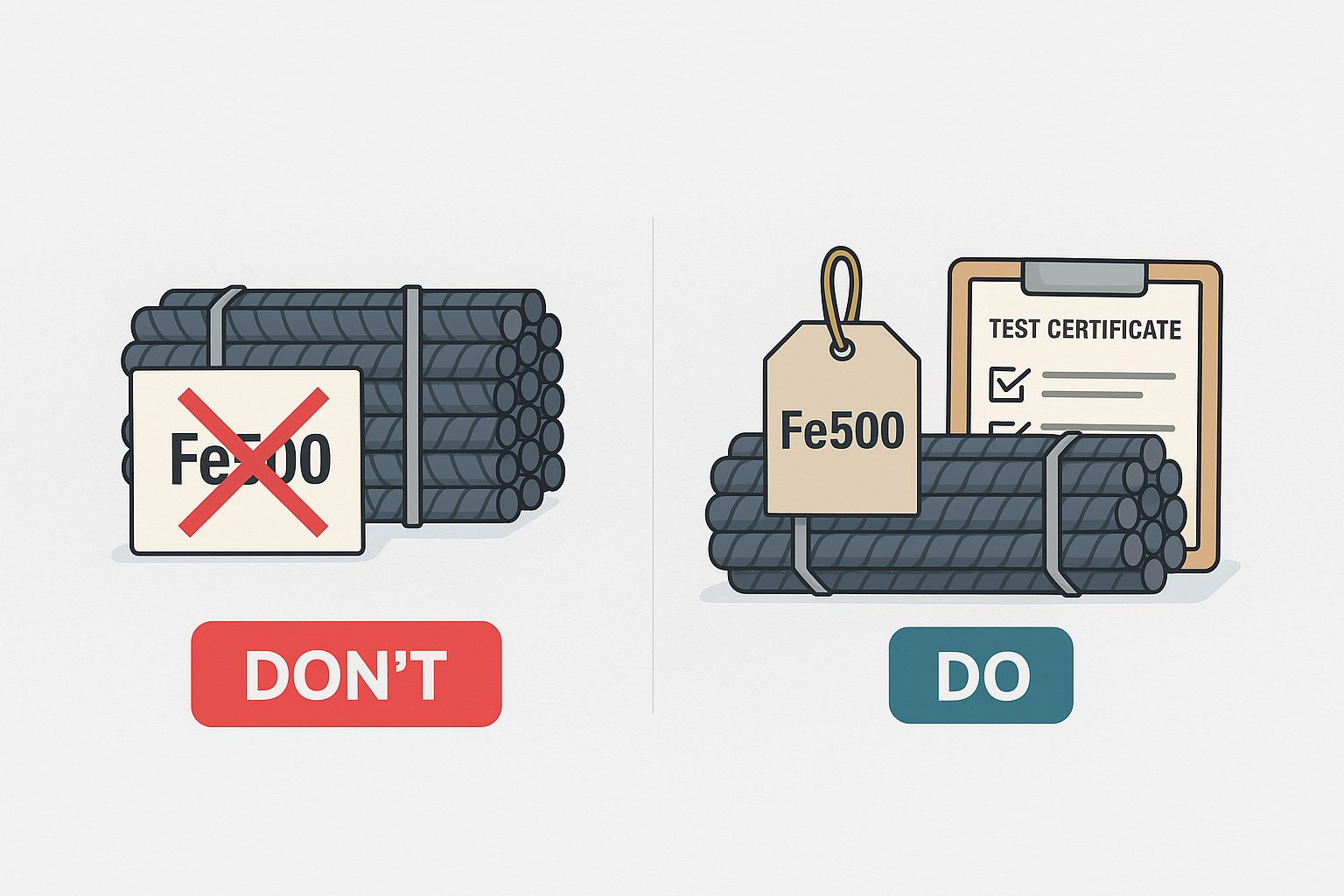



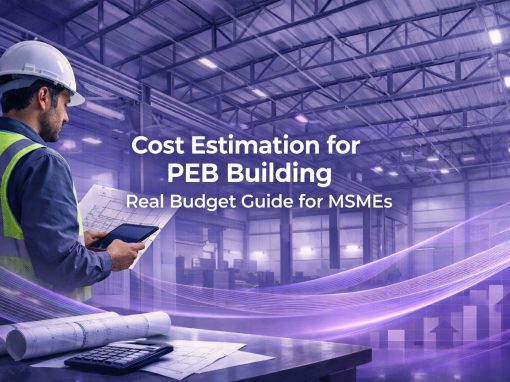

G0ood to know that the IS codes are based on research, learnings, and historical data; gives confidence in their effectiveness. Would like to know more about “Limit State Method of Design”
Can you provide more details about the limit state method of design mentioned in the LS 800-2007 code?
Let’s say I have plans drawn up a few years ago. Do I NEED to redo them based on the new IS 800, or is it okay if the project started under the older rules?
For top-quality alloy Steel and stainless steel, visit Superb Materials. Great selection and competitive prices from leading Chinese suppliers.